Holiday Countdown
Day 18: Animals
Author: Laurel Lamb is the Curator of Education and Engagement.
We’re sharing a selection of winter-related animal specimens from the Museum’s zoology collections. These collections encompass animals primarily from the northwest Arkansas region, but national and international collections are included as well.
Winter Wren
This nest from the collections belongs to a winter wren, a North American bird that migrates to the eastern U.S during the winter. The young leave the nest about 19 days after hatching.
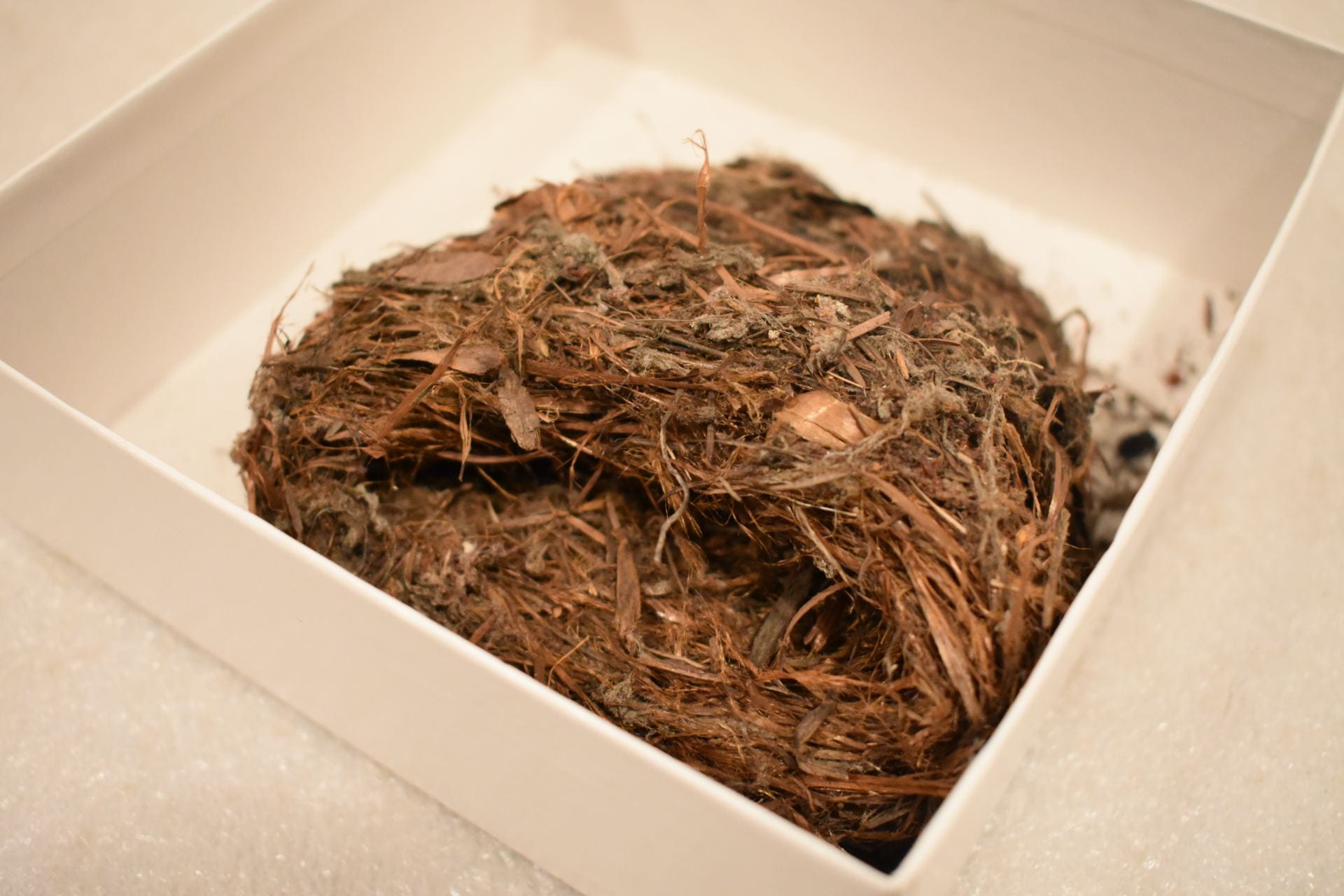
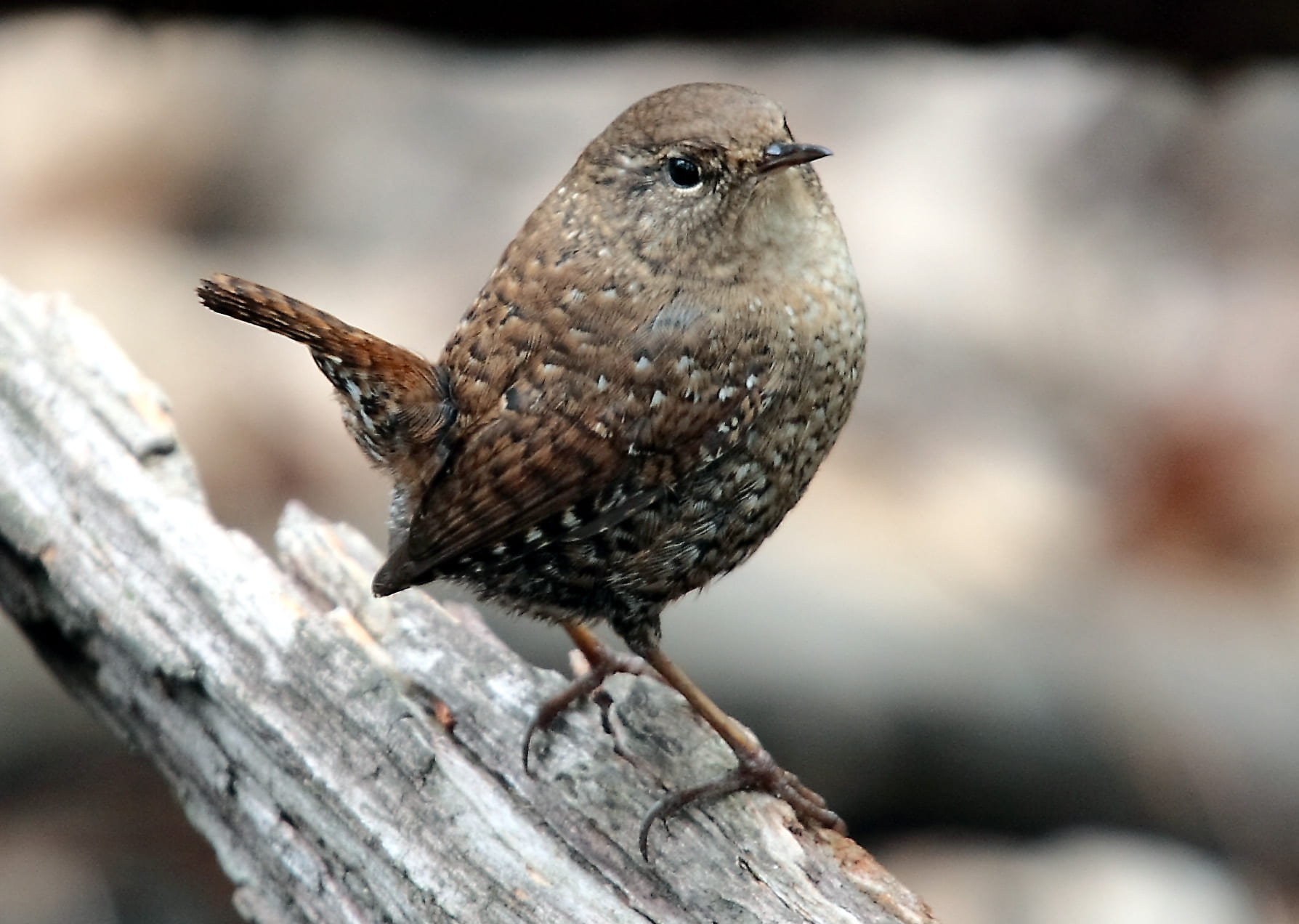
Arctic Tern
The arctic tern is well-known for having one of the longest migration routes of any animal on earth. Starting from the Arctic Circle during the winter, they fly 18,641 miles south to the Antarctic Circle.
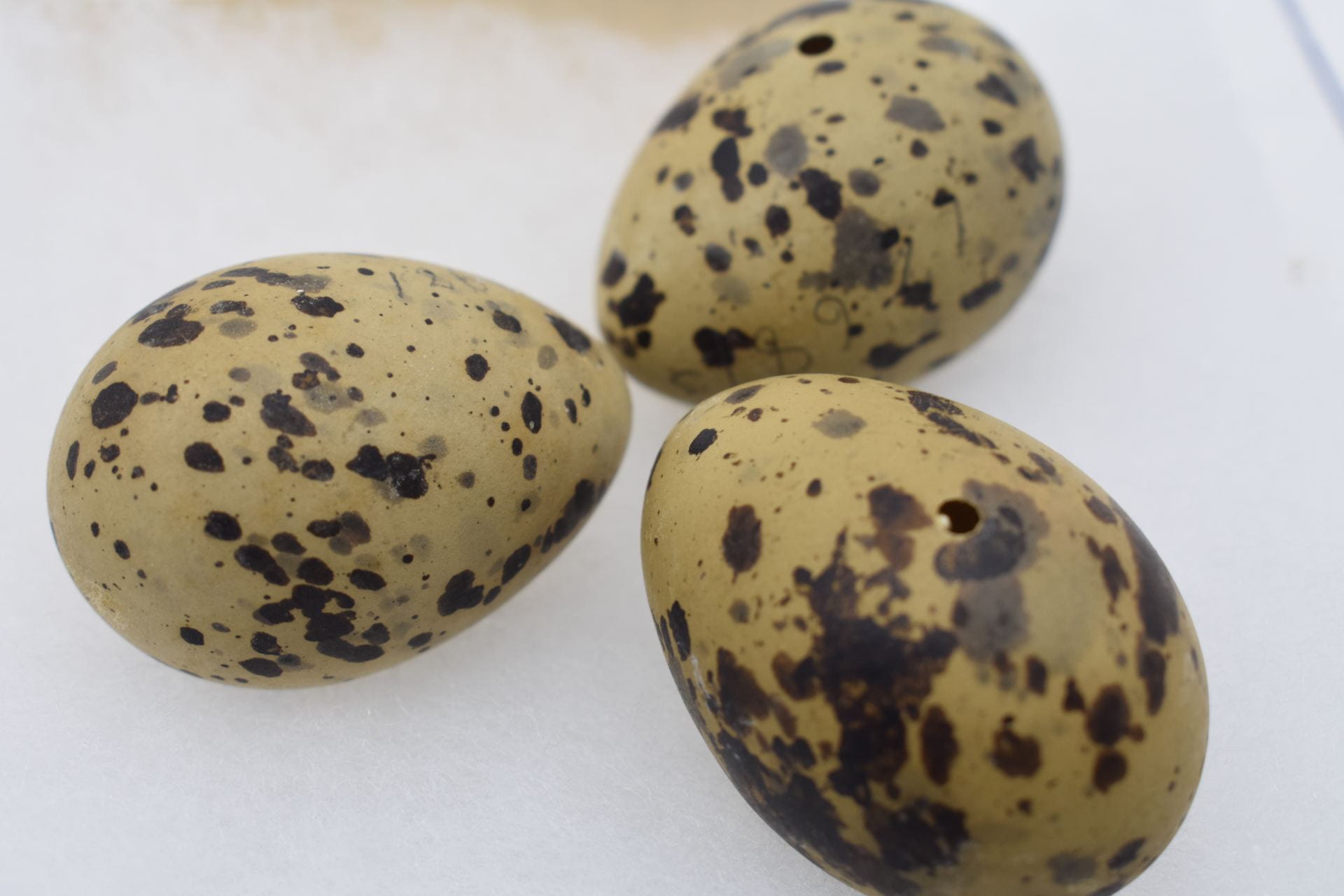
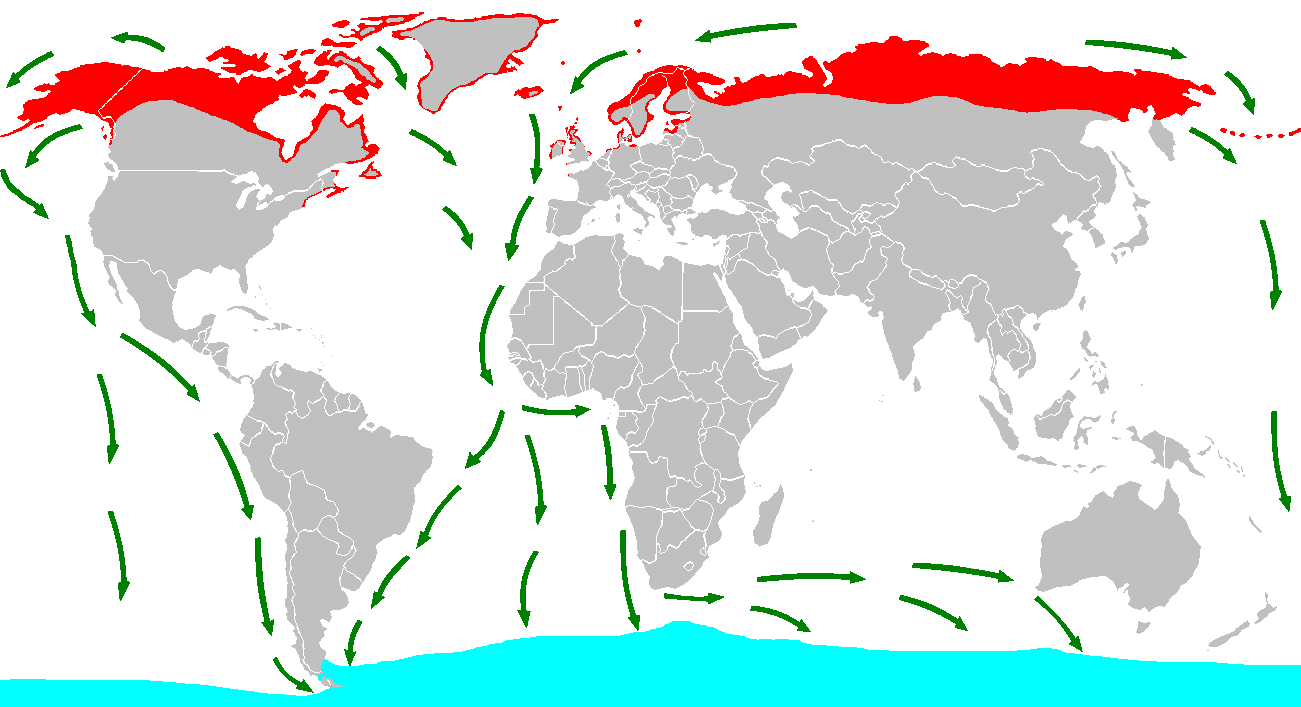
Map of arctic tern migration route.
Snowshoe Hare
Snowshoe hares live in boreal forests of North America. Their fur color changes from brown in the summer to white in the winter to better blend in with surroundings.
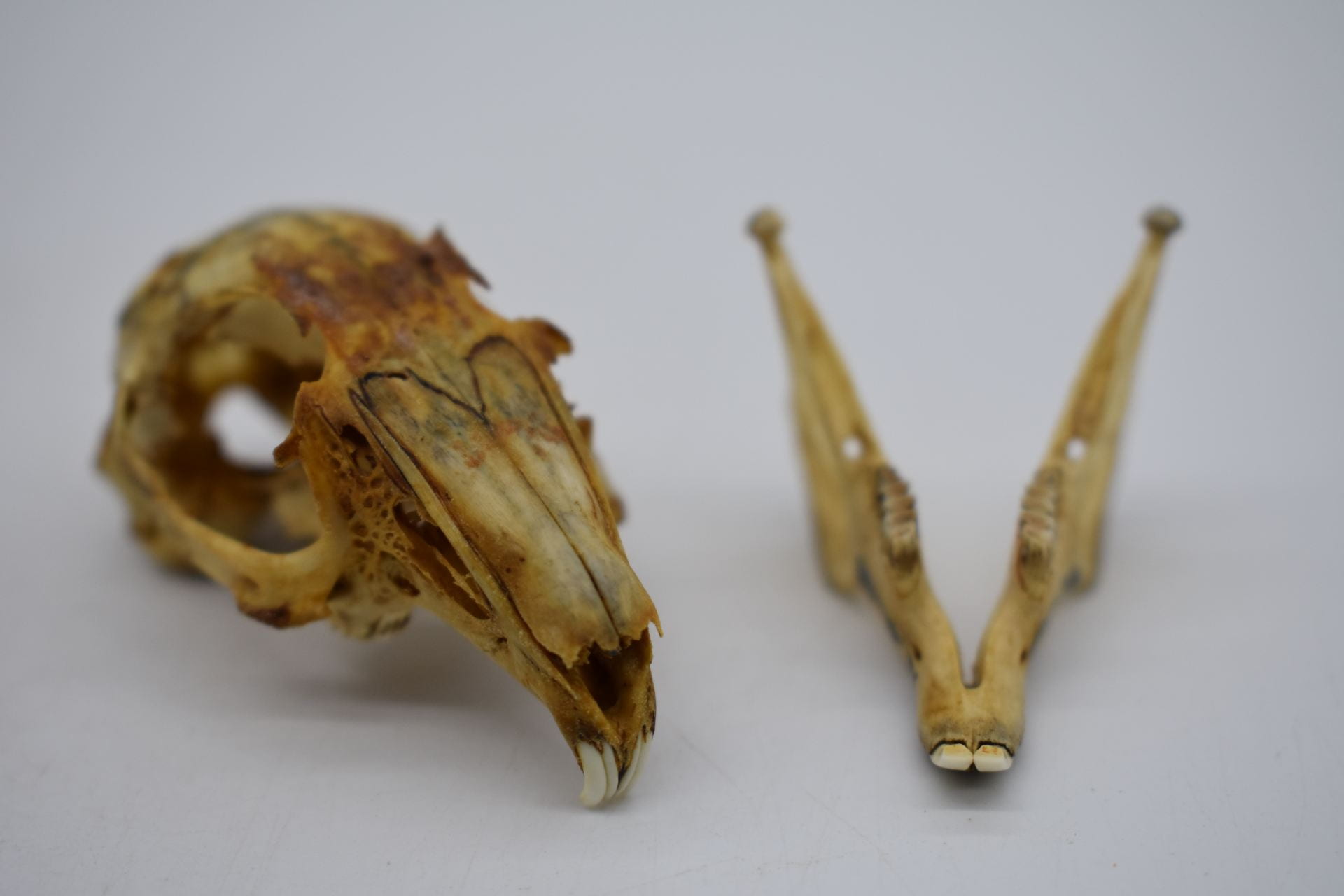
Polar Bear
Found in the Arctic, these animals are the largest bears in the world. While their white fur (which is actually hollow) helps them blend in with the snowy environment, the skin underneath is black.
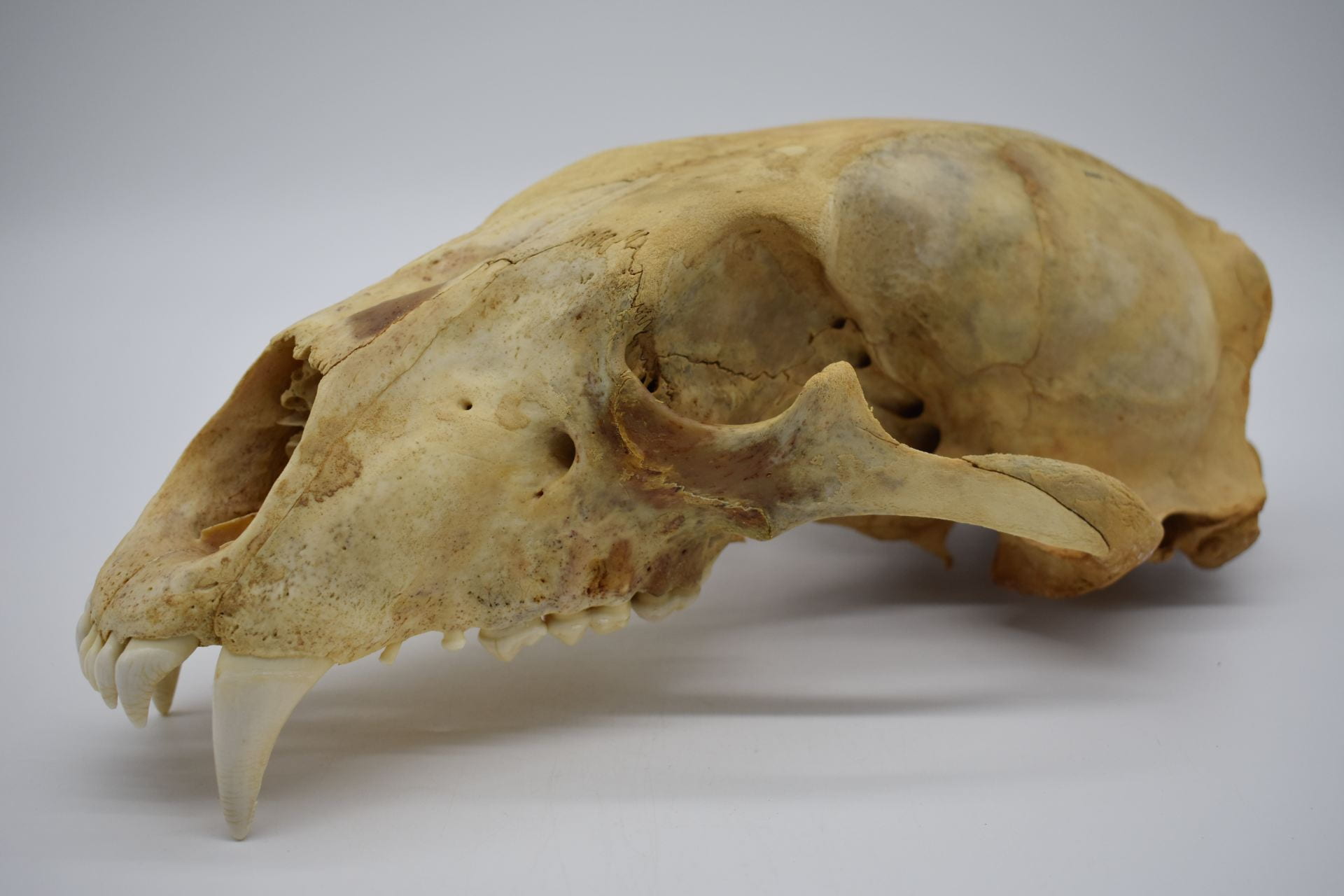
Wood Frogs
These amphibians might not have come to mind as winter-related animals. But they are actually extremely tolerant to cold – to the point they can survive literally freezing!
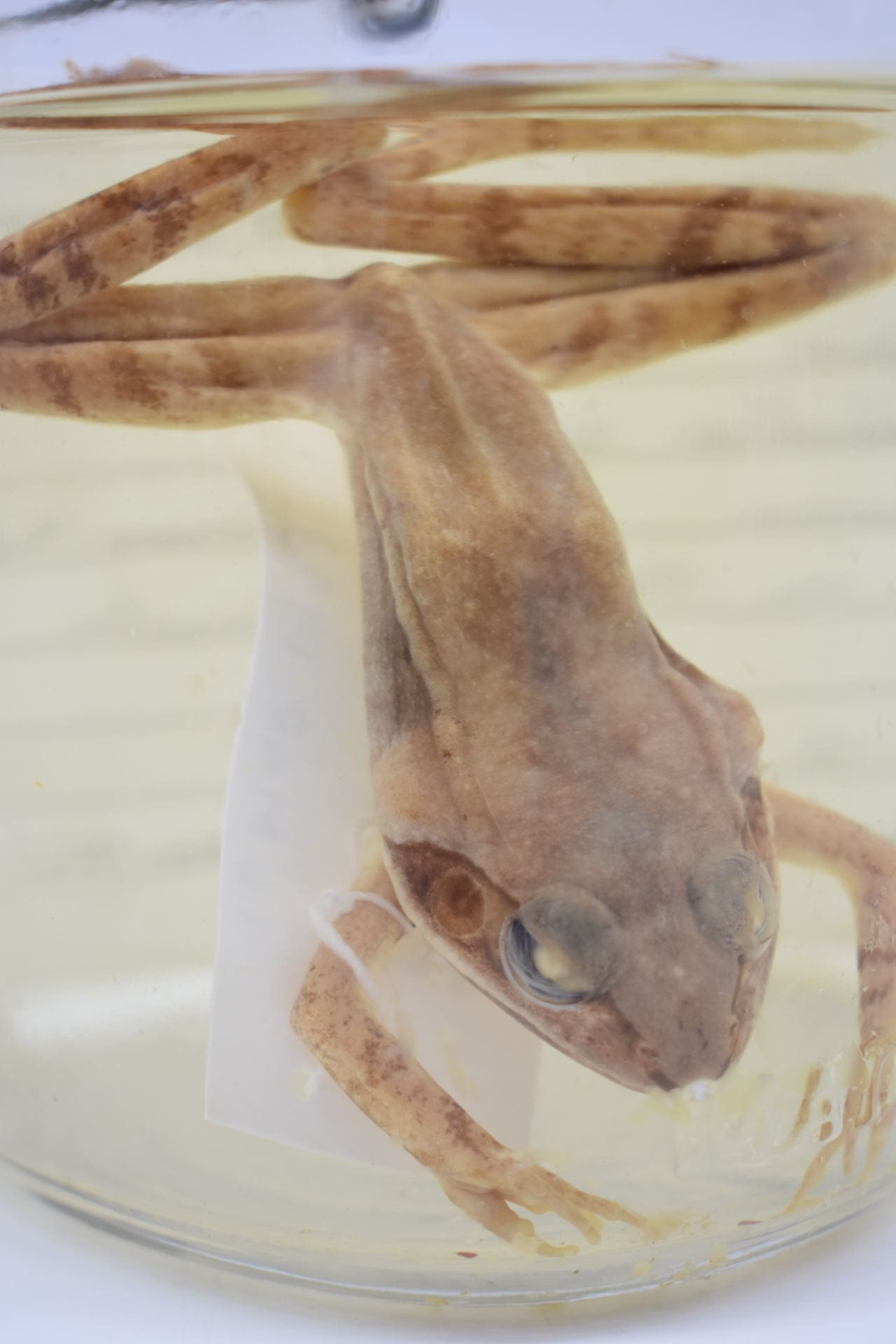
Winter Flounder
These fish are known for migrating nearshore to spawn in winter. Upon hatching, they start out with eyes on both sides of the head. After five to six weeks though, their left eye migrates to the right side!

Image Credits:
- Eastern Winter Wren Troglodytes hiemalis, Central Park Northwest, NYC, New York, USA. Paul Stein. Wikimedia Commons.
- Sterna paradisaea (en:Arctic tern), distribution migration, red: breeding, blue: winter, green: migration. Andreas Trepte. Wikimedia Commons.